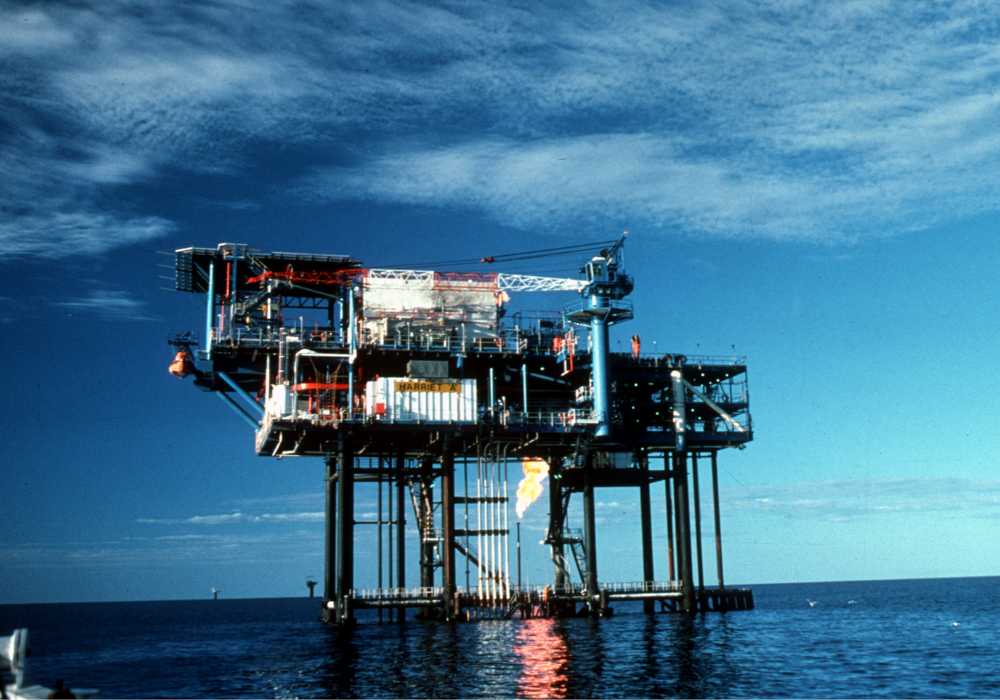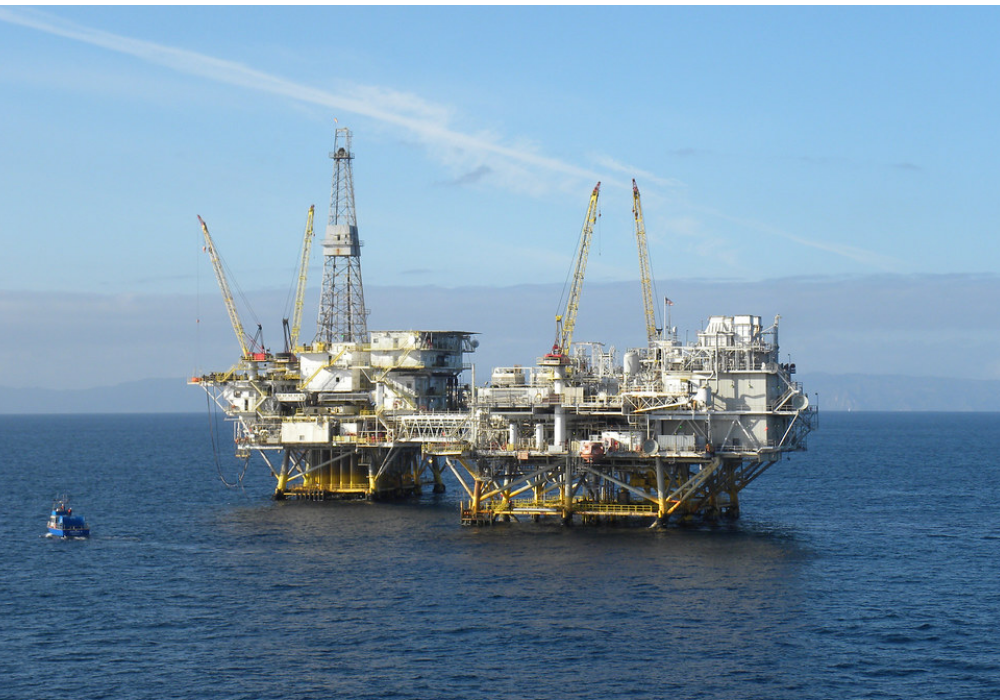Warming temperatures in the Barents Sea and northern coastline of Russia are giving an added impetus to resource development in the region

Greenpeace's analysis shows that almost 20 million tonnes of CO2 equivalent were released in the five years to 2019 (Credit: Wikimedia Commons/CSIRO)
Oil and gas companies from Russia and Norway are set to drive production in the Arctic, believe analysts.
Data and analytics firm GlobalData said warming temperatures in the Barents Sea and northern coastline of Russia are giving an added impetus to resource development in the region.
Its latest thematic report, titled Arctic Exploitation, discusses how Russia is keen on hydrocarbon appraisal and development from the Arctic to such an extent that it has even settled its longstanding territorial dispute with Norway.
The paper highlights Gazprom, which is owned by the Russian government, and Norwegian firm Equinor as two of the biggest oil and gas producers in the region.
GlobalData’s oil and gas analyst Ravindra Puranik said Gazprom and its subsidiary Gazprom Neft has been at the forefront in the development of hydrocarbon reserves and associated infrastructure in the Arctic.
“Gazprom is the leading natural gas producer in the region and Gazprom Neft, which primarily produces liquid hydrocarbons, anticipates producing around 50% of its hydrocarbons from the Arctic region in 2020,” added Puranik.
How oil and gas firms from Russia and Norway are driving production in the Arctic
The Arctic Continental Shelf is a shallow extension of the region’s land mass below the sea and, under the UN’s Law of the Sea Treaty, countries are granted significant portions to control.
Alongside Russia and Norway, Canada, the US and Denmark have each obtained the rights to the natural resources on, above and beneath the ocean floor up to 320km from their shoreline.
It is estimated more than 90 billion barrels of oil is yet to be discovered in the Arctic – equivalent to 5.9% of the world’s known oil reserves and about 110% of Russia’s current reserves.
As for natural gas, the area holds about 1,700 trillion cubic feet of gas, which is equal to 24.3% of the world’s current known reserves and 99% of Russia’s reserves.

Opportunities such as this are why the Russian government is also providing tax incentives to companies that invest in this region.
State-controlled firms Rosneft and Gazprom are the top licensees for exploration and production operations in the Russian Arctic, while other companies from the nation – such as Novatek and Lukoil – are also actively involved in the appraisal and development activities.
GlobalData’s research identifies Norwegian companies Equinor and Aker BP, British oil major BP, and American firm ConocoPhillips as other key oil and gas producers in the Arctic.
Russian oil and gas projects in the Arctic
Rosneft is working on an ambitious project called Vostok Oil, which is looking into the development of crude oil reserves in the Arctic – and is expected to receive tax breaks from the Russian government.
It is aiming to boost output from producing and discovered fields from the Vankor cluster, located 130km west of eastern Siberia.
There is also a proposal to construct a shipping terminal in the Taymyr Peninsula and an oil pipeline to transport oil from the fields to this terminal.
Rosneft announced on Wednesday (5 February) it has agreed on a deal in principle for Indian firms to contribute to the project.
It has signed a contract with Indian Oil Corporation Limited that will see the Rosneft supply up to two million tonnes of oil to India by the end of this year.
Puranik said Novatek has emerged as a “prominent player in the competitive landscape of the Arctic”.
“This is due to its key role in the production and export of natural gas from the Yamalo-Nenets autonomous region,” added Puranik.
“The company plans to strengthen its footprint in the region by bringing more fields on stream and setting up two or three new liquefied natural gas (LNG) liquefaction terminals along Russia’s northern coastline.”
Norwegian oil and gas projects in the Arctic
The Barents Sea, located off the northern coasts of Norway and Russia, has been tipped as a potential hotspot for oil and gas projects in the Norwegian Continental Shelf.
Puranik said the oil and gas production landscape in the region is primarily dominated by the Equinor-operated Snovhit gas field located in the Barents Sea.
“In the last few years, Equinor has been pushing for Arctic resource development amid depleting reserves in its legacy assets,” added Puranik.
“The company has undertaken field development at the Johan Castberg oil field in the Barents Sea and is due to commence production by 2022.
“In 2020, Equinor intends to drill more wells in the western section of the Barents Sea for potential tiebacks with the Johan Castberg oil field.”
